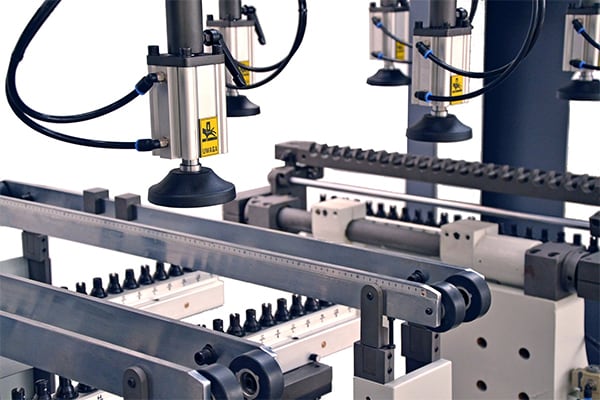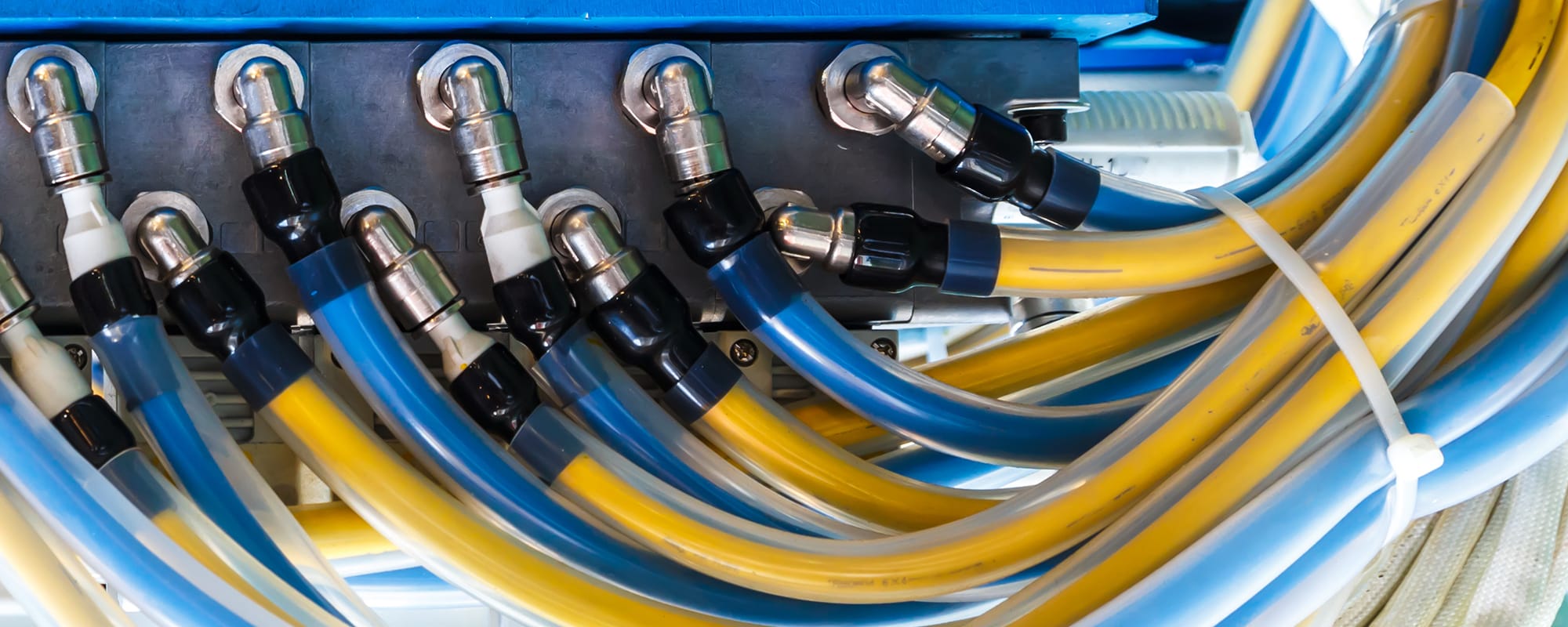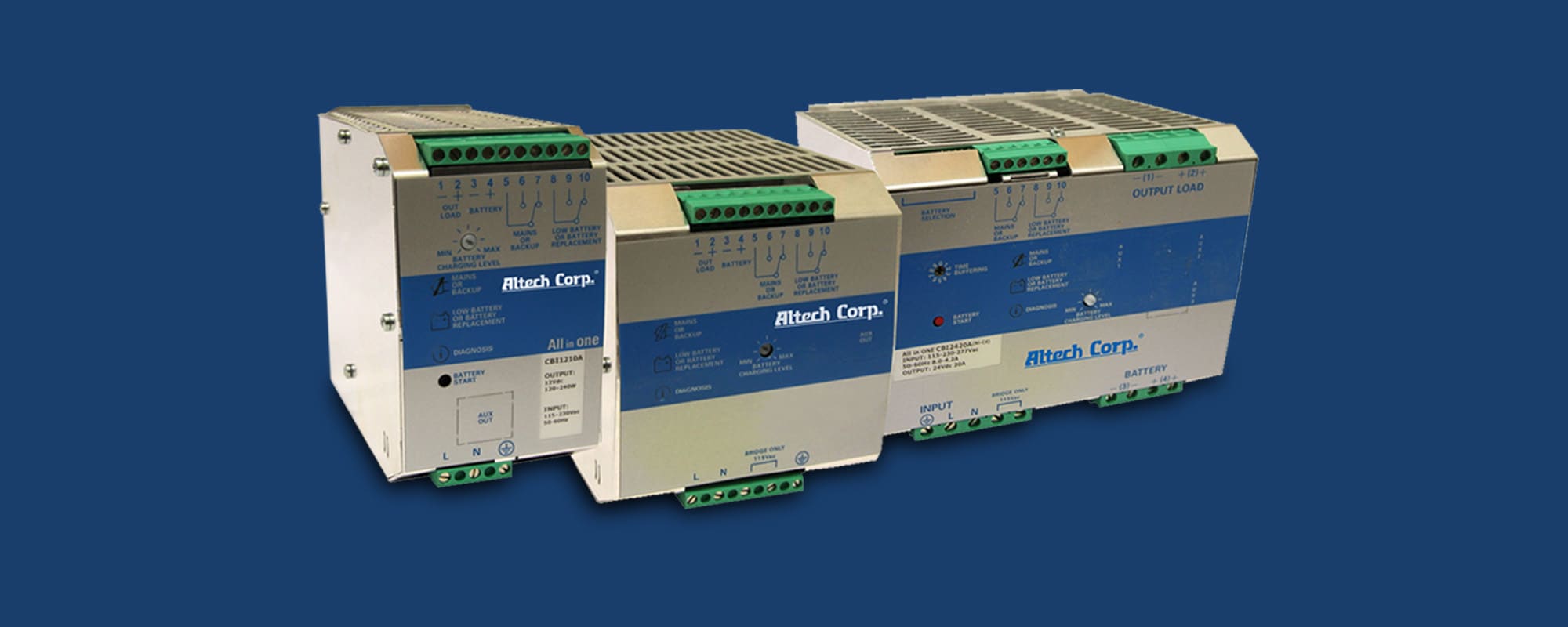Norgren pneumatics expert Dietmar Grün provides a thorough introduction to pneumatic systems, addressing application areas, core components, the critical role of pneumatic air preparation and treatment products and pneumatic actuators and key considerations for selecting pneumatic actuators.
Dietmar Grün, Product Manager, Motion Control, Actuator, Norgren
Pneumatic systems harness the energy generated by the controlled release of compressed air to power and move tools and machinery used in the engineering, manufacturing, construction, medical and amusement industries and are especially prevalent in industrial automation and food, beverage and pharmaceutical manufacturing applications. Pneumatic systems use air compressors to reduce the volume of air in the system, which increase its pressure, and then pass that pressurized air through one or more filters and lengths of pneumatic tubing, where it’s controlled by valves, until it reaches a pneumatic actuator (also known as a pneumatic cylinder), which produces the linear or rotary motion and force required to power the end process, such as a pushing, lifting, gripping, punching or vacuum device.
Pneumatic actuators provide alternatives to electric actuators and motors and are typically used to power devices that handle relatively small, lightweight loads since pneumatic systems produce less force than hydraulic systems. But that doesn’t make them any less vital to the many industries they’re employed in. In fact, due to a combination of the relatively low cost required to maintain pneumatic systems and engineering advancements including corrosion-resistant seals that help prevent leaks, the application range for pneumatic systems is now comparable to that of the electric automated systems also used to handle smaller loads.
Pneumatic System Applications
Pneumatic systems are employed in a variety of markets, including energy applications spanning oil and gas refinement to power generation, food, beverage and pharmaceutical manufacturing applications ranging from blow molding to process automation and packaging and industrial automation applications including packaging and material handling equipment, such as pick and place systems, which use clamps, grippers and vacuum cups to move, sort and stack delicate parts like electronic components or to hold parts in position while other work, like cutting or crimping, is carried out.
Read the full text of this article at Pneumatic Tips, A Fluid Power World Resource.








